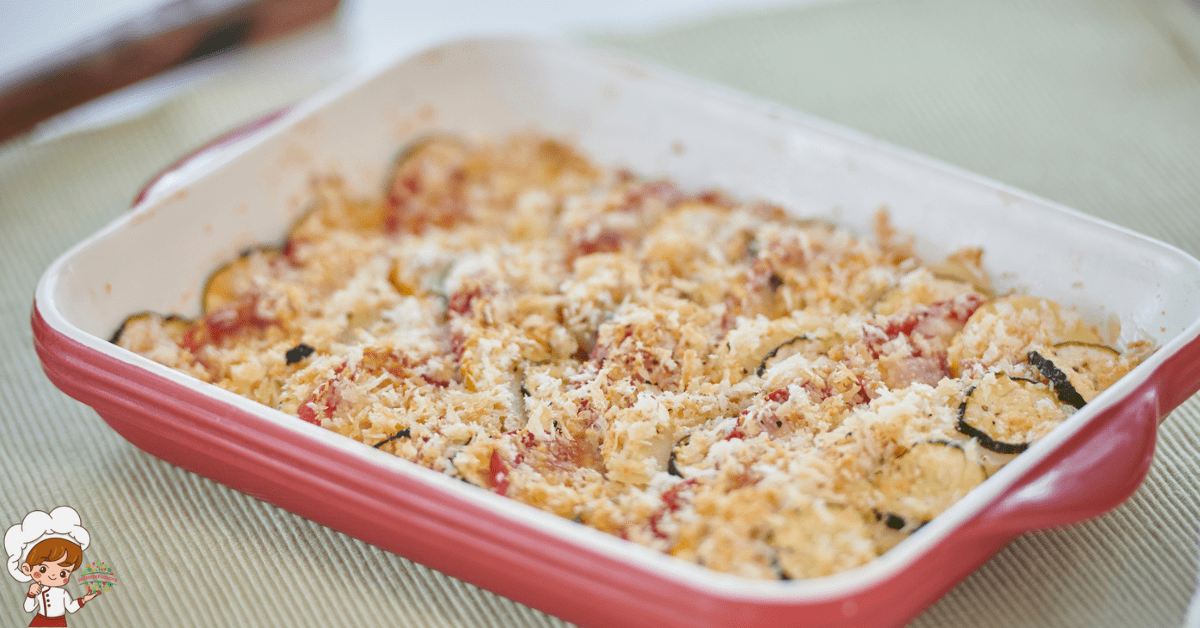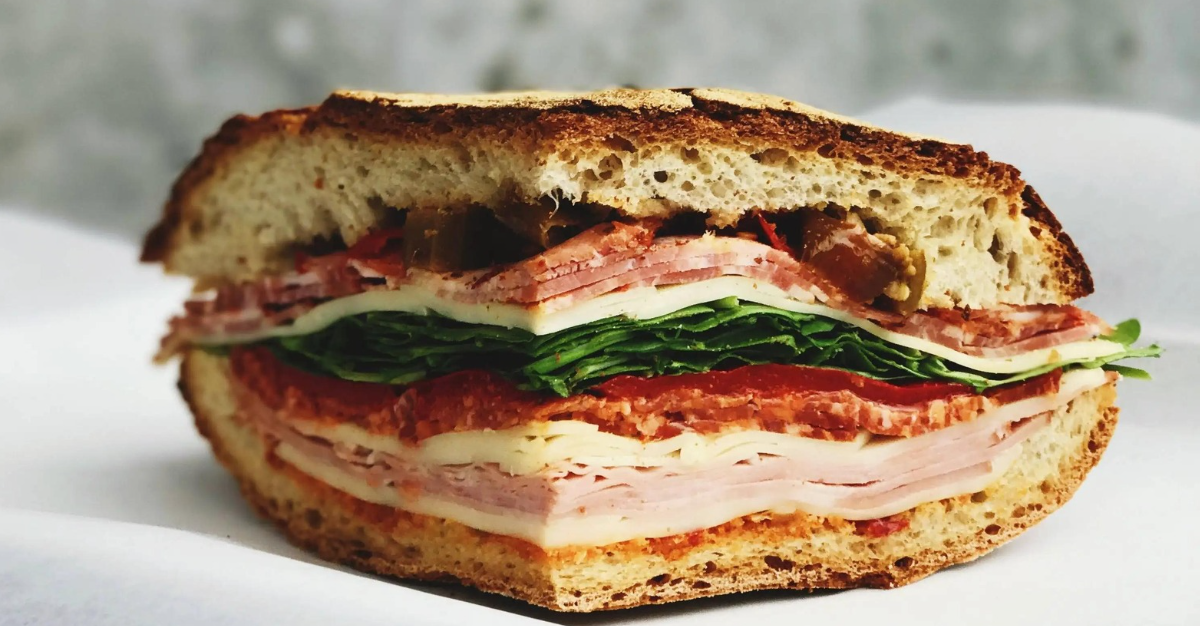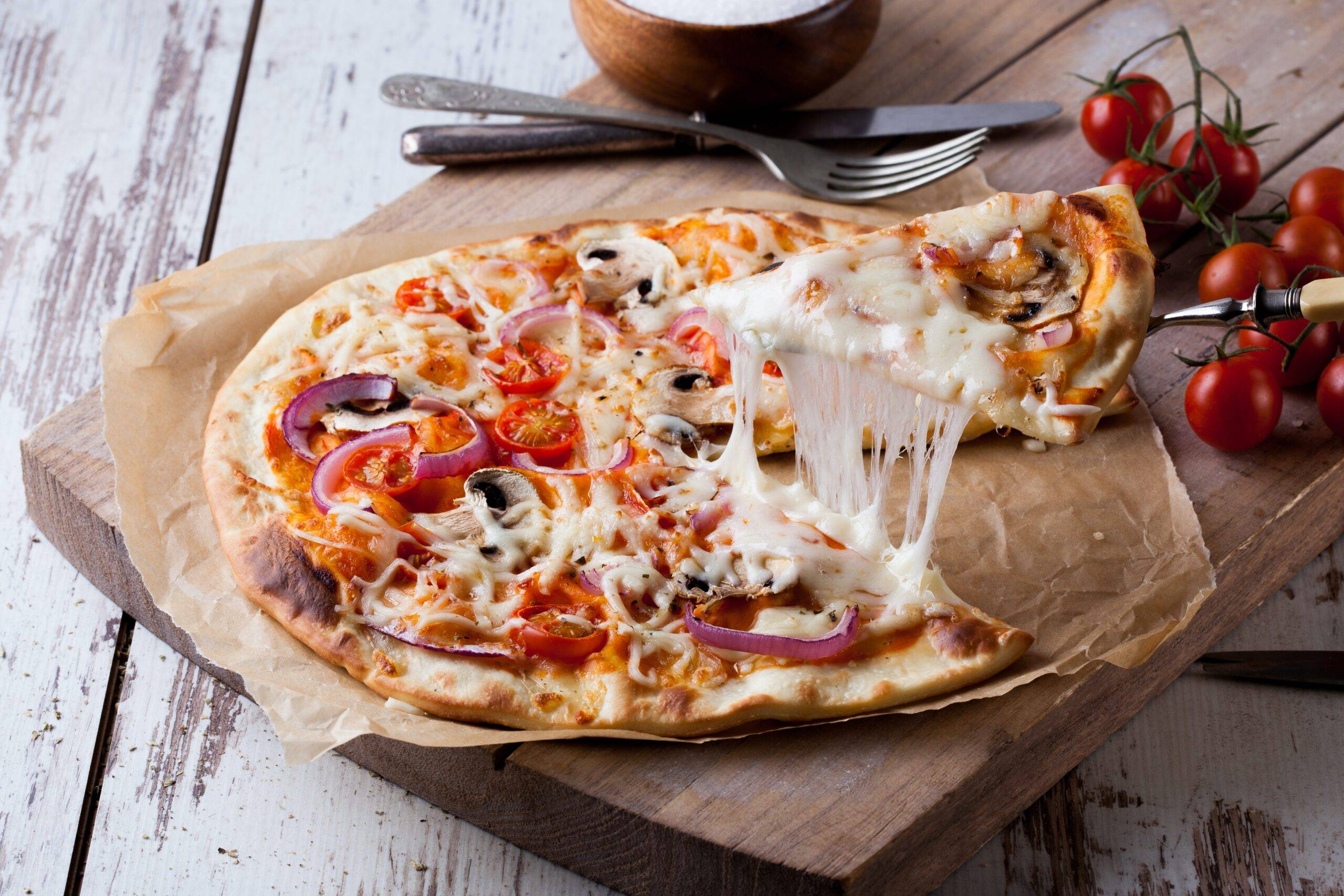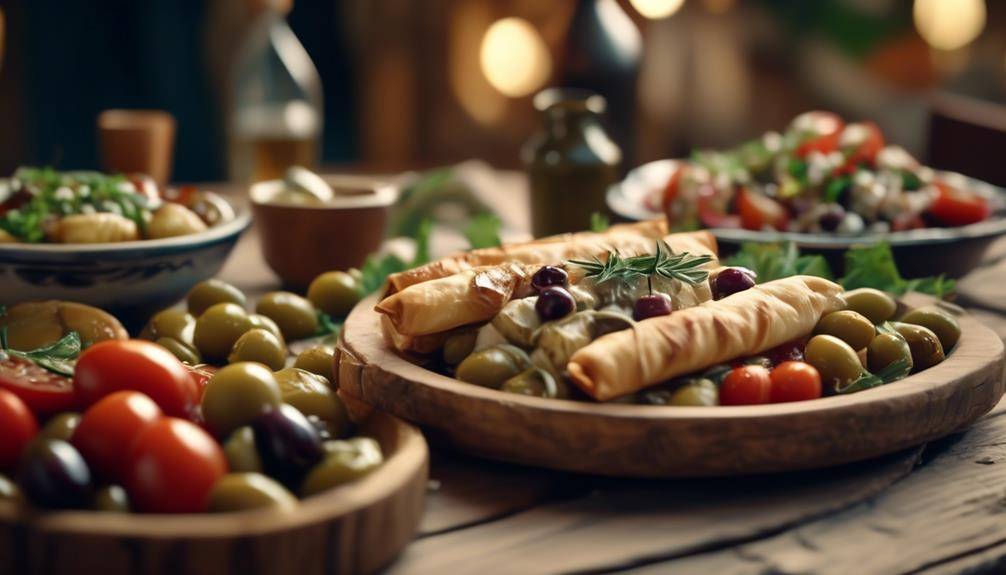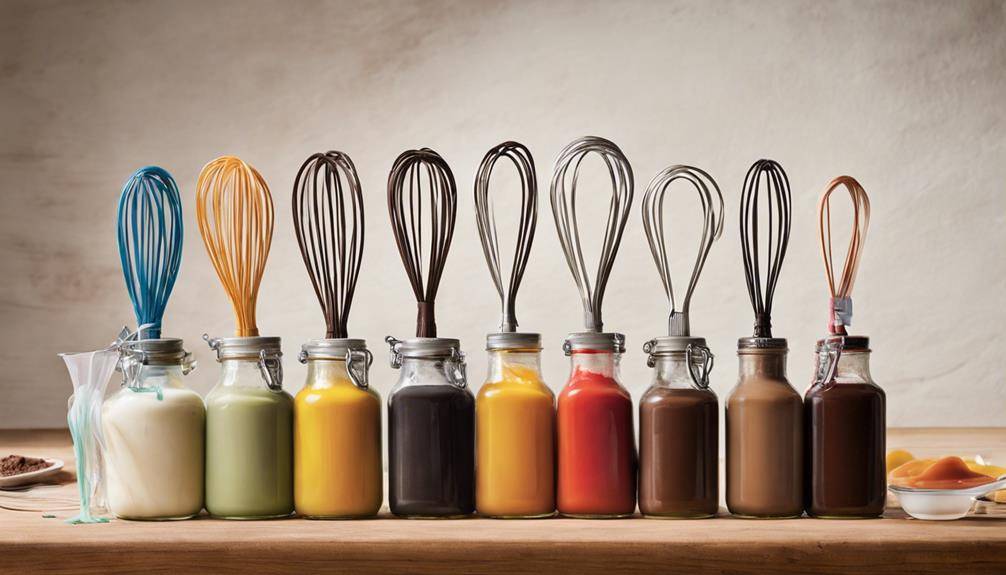The Sweet History of Cinnamon Rolls: A Journey Through Time
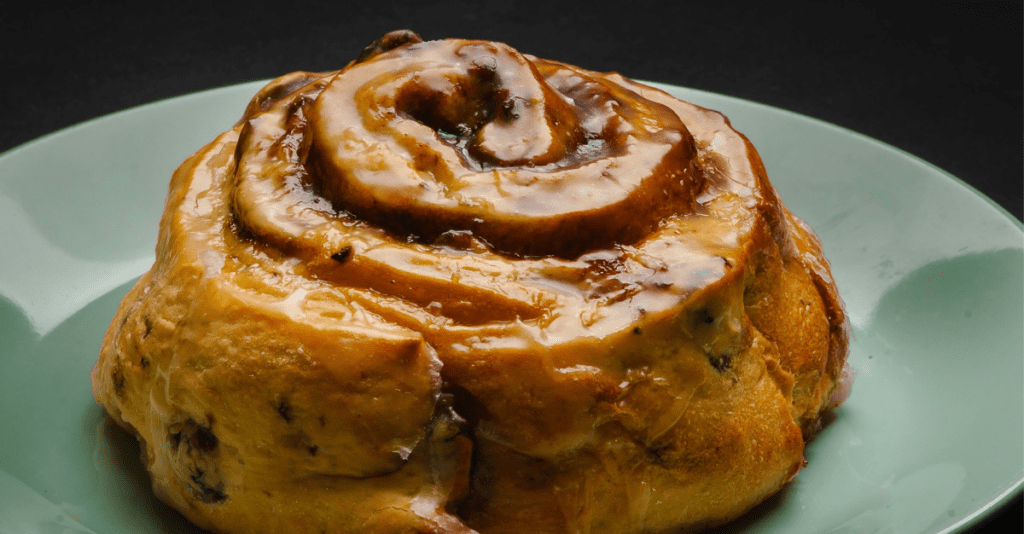
The Sweet History of Cinnamon Rolls a beloved treat enjoyed by people all over the world. These sweet, gooey pastries, often topped with a rich frosting, have a history as rich as their flavor. From their ancient origins to their modern-day popularity, the story of cinnamon rolls is a fascinating one that intertwines culinary traditions, cultural influences, and the simple joy of a well-made pastry. In this blog post, we’ll explore the history of cinnamon rolls, from their beginnings in ancient times to their evolution into the delicious treats we know and love today.
Elevate Your Baking—Click Here To Get Your Perfect Pans and Sheets Today
The Ancient Origins of Cinnamon
Before we dive into the history of cinnamon rolls themselves, it’s important to understand the key ingredient that gives these pastries their distinctive flavor: cinnamon. Cinnamon has been used for thousands of years, and its history is deeply intertwined with trade, exploration, and even mythology.
Cinnamon in Ancient Egypt
Cinnamon is one of the oldest spices known to humanity. Its use can be traced back to ancient Egypt, where it was highly prized and often considered more valuable than gold. The Egyptians used cinnamon in a variety of ways, including as a perfume, an ingredient in embalming mixtures, and even as a medicine. Cinnamon was so valuable that it was often given as a gift to monarchs and deities.
The Spice Trade and the Spread of Cinnamon
Cinnamon continued to be a valuable commodity throughout ancient history. The spice trade, which connected the East and the West, played a significant role in the spread of cinnamon. Arab traders were among the first to introduce cinnamon to Europe, where it quickly became a sought-after luxury item. The origins of cinnamon were kept a closely guarded secret by these traders, who spun elaborate tales about the dangerous and mythical lands where cinnamon was supposedly harvested.
Cinnamon in Ancient Rome and Greece
In ancient Rome and Greece, cinnamon was highly prized for its medicinal properties and its ability to enhance the flavor of food and drink. The Roman Empire, in particular, became one of the largest consumers of cinnamon. The spice was used to flavor wine, desserts, and even savory dishes. Roman emperors would burn large quantities of cinnamon during funeral pyres as a symbol of wealth and status.
Elevate Your Baking—Click Here To Get Your Perfect Pans and Sheets Today
The Birth of Sweet Breads and Pastries
While cinnamon was being used in various ways throughout ancient history, the concept of sweet breads and pastries began to take shape during the Middle Ages. As baking techniques evolved and the availability of ingredients like sugar and butter increased, bakers began experimenting with sweetened doughs, spices, and fillings.
Medieval Europe: The Rise of Spiced Breads
In medieval Europe, spiced breads became increasingly popular. These early forms of pastries were often made with enriched doughs that included ingredients like butter, eggs, and sugar. Spices like cinnamon, nutmeg, and cloves were added to these doughs to create flavorful and aromatic breads. These spiced breads were often reserved for special occasions and holidays, as the ingredients were expensive and not readily available to the average person.
The Influence of the Renaissance
The Renaissance period brought with it a renewed interest in art, culture, and cuisine. As trade routes expanded and new ingredients became available, European bakers began to refine their techniques and recipes. The use of cinnamon in baking became more widespread, and sweet rolls and buns began to appear in various forms across Europe.
The Evolution of Cinnamon Rolls in Scandinavia
The modern cinnamon roll as we know it today has its roots in Scandinavia, particularly in Sweden. In the 17th century, Swedish bakers began experimenting with spiced doughs and sweet fillings. They would roll the dough into spirals, creating a swirl pattern that would later become synonymous with cinnamon rolls. These early versions of cinnamon rolls, known as “kanelbullar” in Swedish, were often flavored with cardamom in addition to cinnamon, giving them a distinctive taste.
The Spread of Cinnamon Rolls to Other Parts of Europe
As the popularity of cinnamon rolls grew in Scandinavia, they began to spread to other parts of Europe. Each country put its own spin on the recipe, resulting in a variety of different styles and flavors.
Germany: The Birth of Schnecken
In Germany, a similar pastry called “Schnecken” emerged. The name “Schnecken” translates to “snail” in English, a reference to the spiral shape of the pastry. Schnecken were typically made with a sweet, yeasted dough filled with cinnamon, sugar, and sometimes raisins or nuts. Like the Swedish kanelbullar, Schnecken became a popular treat for special occasions and holidays.
The Influence of France and Austria
In France and Austria, the concept of sweet rolls took on a more delicate and refined form. The French croissant and the Austrian kipferl are both examples of pastries that, while not cinnamon rolls themselves, share a similar lineage. These pastries were made with laminated dough, which involved folding butter into the dough multiple times to create flaky layers. While these pastries were not typically flavored with cinnamon, they contributed to the overall evolution of sweet, spiced rolls in European baking.
The Arrival of Cinnamon Rolls in America
Cinnamon rolls made their way to America with European immigrants, particularly those from Scandinavia and Germany. As these immigrants settled in various parts of the United States, they brought their baking traditions with them, including recipes for cinnamon rolls and similar pastries.
The Midwest: A Hub for Scandinavian and German Baking
The Midwest, with its large population of Scandinavian and German immigrants, became a hub for cinnamon roll baking in America. Swedish and German bakeries began to appear in cities and towns across the region, offering a variety of sweet rolls and buns, including cinnamon rolls. These pastries quickly became popular with the broader American population, and the recipes began to evolve to suit local tastes.
The Influence of American Ingredients and Techniques
As cinnamon rolls became more popular in America, bakers began to adapt the recipes to incorporate local ingredients and techniques. American cinnamon rolls often featured a richer dough made with more butter and sugar, resulting in a softer and more decadent pastry. The use of cream cheese frosting, a distinctly American addition, became a popular way to top cinnamon rolls, adding an extra layer of sweetness and richness.
The Cinnabon Phenomenon
One of the most significant milestones in the history of cinnamon rolls in America came in 1985 with the founding of Cinnabon. This chain of bakeries, known for its oversized cinnamon rolls topped with thick, gooey cream cheese frosting, quickly became a cultural phenomenon. Cinnabon popularized the idea of the cinnamon roll as a decadent, indulgent treat, and the brand’s signature recipe set a new standard for cinnamon rolls in the United States.
Cinnabon’s success also helped to cement cinnamon rolls as a staple in American mall food courts, airports, and other high-traffic areas. The brand’s marketing emphasized the irresistible aroma of freshly baked cinnamon rolls, drawing in customers with the promise of a warm, comforting treat.
Cinnamon Rolls Around the World
While cinnamon rolls have a strong association with Scandinavian and American baking traditions, they have also made their way into the culinary traditions of other cultures around the world. Each region has its own unique take on this beloved pastry.
Finland: Korvapuusti
In Finland, cinnamon rolls are known as “korvapuusti,” which translates to “slapped ears.” These cinnamon rolls are similar to Swedish kanelbullar but have a slightly different shape, with the dough folded and twisted before baking. Korvapuusti are often enjoyed with a cup of coffee as part of the traditional Finnish coffee break, known as “fika.”
Norway: Skillingsboller
In Norway, cinnamon rolls are called “skillingsboller,” which means “shilling buns.” These cinnamon rolls are typically made with a rich, buttery dough and are often topped with a sprinkle of sugar or icing. Skillingsboller are a popular treat in Norwegian cafes and bakeries, particularly in the city of Bergen.
Denmark: Kanelsnegle
In Denmark, cinnamon rolls are known as “kanelsnegle,” which translates to “cinnamon snails.” These pastries are similar to their Scandinavian counterparts but are often made with a laminated dough similar to that used for Danish pastries. The result is a flaky, buttery cinnamon roll with a distinctive spiral shape.
The Middle East: Cinnamon Rolls with a Twist
In the Middle East, cinnamon rolls have been adapted to incorporate local flavors and ingredients. For example, some bakers add a touch of cardamom or rose water to the dough or filling, giving the cinnamon rolls a unique, aromatic flavor. In some regions, dates or other dried fruits are used in place of or in addition to the traditional cinnamon-sugar filling.
Elevate Your Baking—Click Here To Get Your Perfect Pans and Sheets Today

Homemade Cinnamon Rolls Recipe
Ingredients
- Ingredients:
- For the Dough:
- 1 cup warm milk 110°F/45°C
- 2 1/4 teaspoons 1 packet active dry yeast
- 1/3 cup granulated sugar
- 1/2 cup unsalted butter melted
- 2 large eggs room temperature
- 4 to 4 1/2 cups all-purpose flour
- 1 teaspoon salt
- For the Filling:
- 1/2 cup unsalted butter softened
- 1 cup brown sugar packed
- 2 1/2 tablespoons ground cinnamon
- For the Cream Cheese Frosting:
- 4 ounces cream cheese softened
- 1/4 cup unsalted butter softened
- 1 1/2 cups powdered sugar
- 1/2 teaspoon vanilla extract
- 1-2 tablespoons milk optional, for desired consistency
Instructions
- Instructions:
- Prepare the Dough:
- Warm the milk in the microwave or on the stovetop until it’s about 110°F/45°C (warm to the touch but not hot).
- In a large mixing bowl, combine the warm milk and yeast. Let it sit for 5-10 minutes until the mixture becomes frothy, indicating that the yeast is active.
- Add the sugar, melted butter, and eggs to the yeast mixture. Stir to combine.
- Gradually add 4 cups of flour and salt to the mixture, stirring with a wooden spoon or using a stand mixer with a dough hook attachment until the dough begins to come together.
- If the dough is too sticky, add more flour, 1/4 cup at a time, until it forms a soft, slightly sticky dough.
- Knead the dough on a lightly floured surface or in the stand mixer for about 5-7 minutes, until it is smooth and elastic.
- Place the dough in a greased bowl, cover with a clean kitchen towel or plastic wrap, and let it rise in a warm place for 1 to 1 1/2 hours, or until doubled in size.
- Prepare the Filling:
- In a small bowl, mix together the softened butter, brown sugar, and cinnamon until well combined.
- Assemble the Rolls:
- Once the dough has risen, punch it down to release the air.
- Turn the dough out onto a floured surface and roll it into a large rectangle, approximately 18×12 inches in size.
- Spread the cinnamon-sugar mixture evenly over the dough, leaving a small border around the edges.
- Starting from the long edge, tightly roll up the dough into a log, making sure to keep it even.
- Cut the log into 12 even pieces using a sharp knife or dental floss (for cleaner cuts).
- Place the rolls in a greased 9×13-inch baking dish, spacing them evenly.
- Cover the dish with a kitchen towel or plastic wrap, and let the rolls rise for another 30-45 minutes, until puffy.
- Bake the Cinnamon Rolls:
- Preheat your oven to 350°F (175°C).
- Bake the rolls in the preheated oven for 25-30 minutes, or until they are golden brown on top and cooked through. If the tops are browning too quickly, you can loosely cover them with aluminum foil for the last 10 minutes of baking.
- Prepare the Cream Cheese Frosting:
- While the rolls are baking, prepare the cream cheese frosting by beating the softened cream cheese and butter together in a medium bowl until smooth and creamy.
- Add the powdered sugar and vanilla extract, and mix until well combined. If you prefer a thinner frosting, add milk 1 tablespoon at a time until you reach the desired consistency.
- Frost and Serve:
- Once the cinnamon rolls are out of the oven, let them cool for about 10 minutes.
- Spread the cream cheese frosting generously over the warm rolls.
- Serve immediately and enjoy!
The Modern-Day Cinnamon Roll: Variations and Innovations
Today, cinnamon rolls continue to be a beloved treat around the world, and bakers are constantly experimenting with new variations and innovations. From gourmet bakeries to home kitchens, the cinnamon roll has evolved in countless delicious ways.
Gourmet and Artisan Cinnamon Rolls
In recent years, there has been a resurgence of interest in gourmet and artisan baking, and cinnamon rolls have been a part of this trend. Bakers are experimenting with different types of doughs, fillings, and toppings to create unique and decadent cinnamon rolls. Some popular variations include:
Sourdough Cinnamon Rolls: Made with a sourdough starter, these cinnamon rolls have a slightly tangy flavor that complements the sweetness of the filling.
Vegan Cinnamon Rolls: Made without dairy or eggs, vegan cinnamon rolls are a popular option for those with dietary restrictions. These rolls often use plant-based butter and milk alternatives, as well as alternative sweeteners like maple syrup or coconut sugar.
Gluten-Free Cinnamon Rolls: For those who avoid gluten, gluten-free cinnamon rolls are made with alternative flours like almond flour, rice flour, or a gluten-free flour blend. These rolls are often softer and more delicate than traditional cinnamon rolls but are just as
The Sweet History of Cinnamon Rolls; Frequently Asked Questions
What is the origin of cinnamon rolls?
Cinnamon rolls originated in Scandinavia, particularly in Sweden, where they are known as “kanelbullar.”
Can cinnamon rolls be made ahead of time?
Yes, you can prepare the dough and shape the rolls ahead of time, then refrigerate them overnight and bake fresh in the morning.
How do I store leftover cinnamon rolls?
Store leftover cinnamon rolls in an airtight container at room temperature for up to 2 days or refrigerate for up to 5 days. Reheat before serving.
Can I freeze cinnamon rolls?
Yes, you can freeze unbaked rolls after shaping or freeze baked rolls. Just make sure to wrap them tightly to prevent freezer burn.
What can I use as a substitute for cream cheese frosting?
You can use a simple vanilla glaze made from powdered sugar, milk, and vanilla extract as an alternative to cream cheese frosting.



